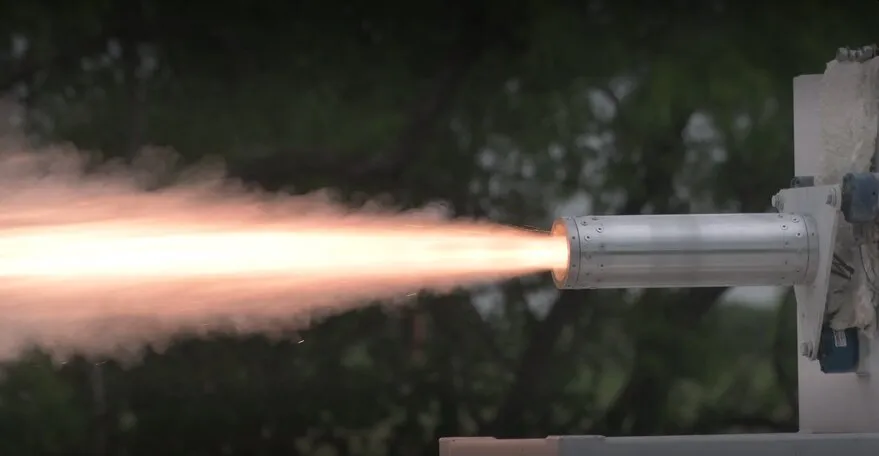By: Loukia Papadopoulos May 14, 2022
The Pentagon’s Joint Counter-Small Unmanned Aircraft Systems Office has finished tests of a high-power microwave technology called The Epirus system that has the capacity of disabling several drones at once, according to a report by Defense News published on Wednesday.
Testing the effector’s emissions
This isn’t the Pentagon’s first demonstration of the technology. It conducted two more last year in the spring and fall. This most recent test took place during a whole week from April 4 to 22 at Yuma Proving Ground, Arizona.
“What we primarily focused on in that first week for high-power microwave was how well the effector emitted,” Michael DiGennaro, the test team lead for JCO’s acquisition and resourcing division, said during a May 11 media roundtable.
“We were looking at range to engage the targets that were inbound and the amount of time it took to either deter or defeat the target.”
DiGennaro further added that the Epirus system proved successful in its assigned activities, and it “was able to defeat targets in the range that is normally associated with what is currently in the field, and has the promise to be a little bit more effective in the future.”
Countering small UAS
The Pentagon also evaluated technologies that could counter small Unmanned Aircraft Systems (UAS), choosing from a total of 25 submitted whitepapers for the process. The five chosen companies were Anduril Industries, Black Sage, CACI (California Analysis Center, Inc), Rafael Systems Global Sustainment, and SAIC (Science Applications International Corporation).
“We had five very complex architectures out there,” DiGennaro said. “Each of them brought a host of different components for detection, identification, tracking, and defeat, and we tested against each of those components both individually and then as a system, culminating in a ‘defend the forward-operating base’ scenario.”
These military exercises resulted in the collection of important data, which will be shared with the Defense Department at a later date.
Source: Interesting Engineering












